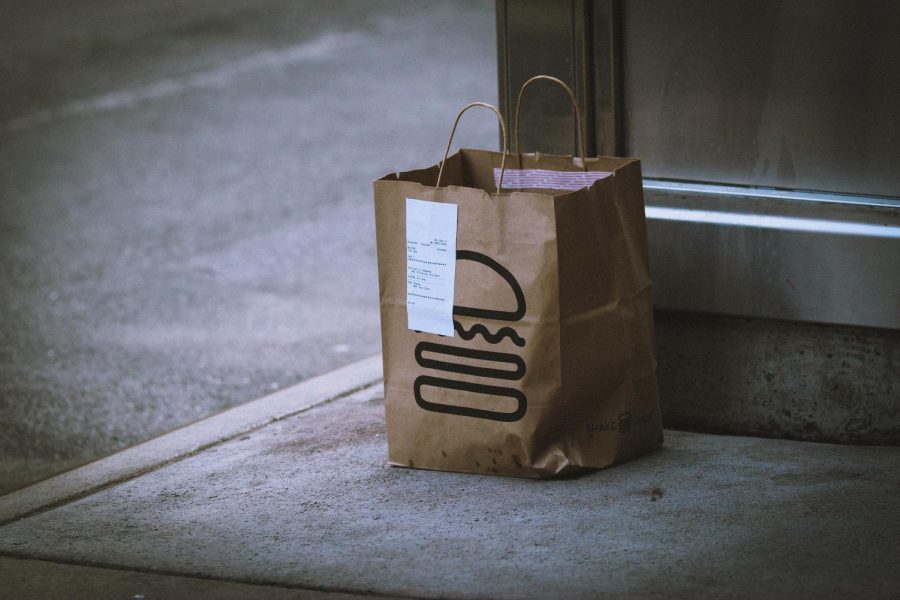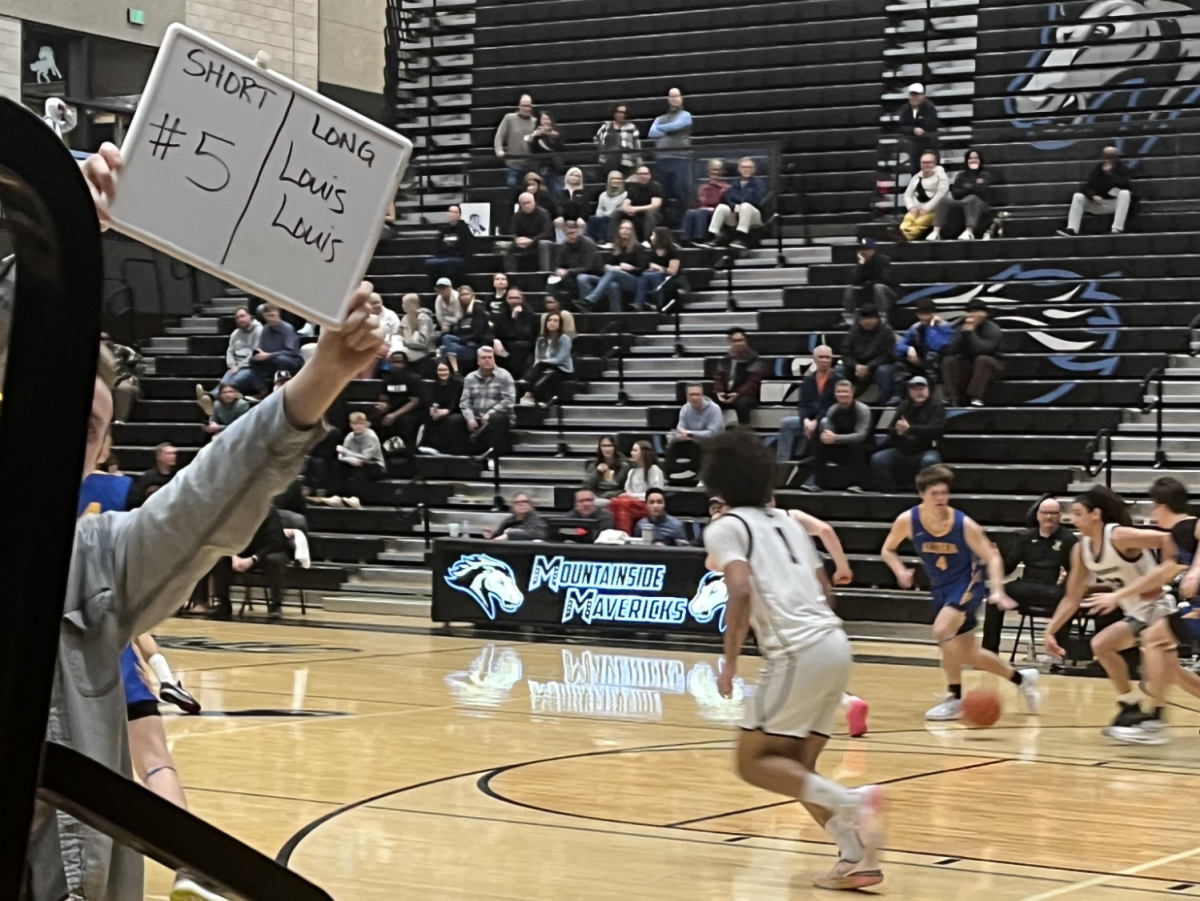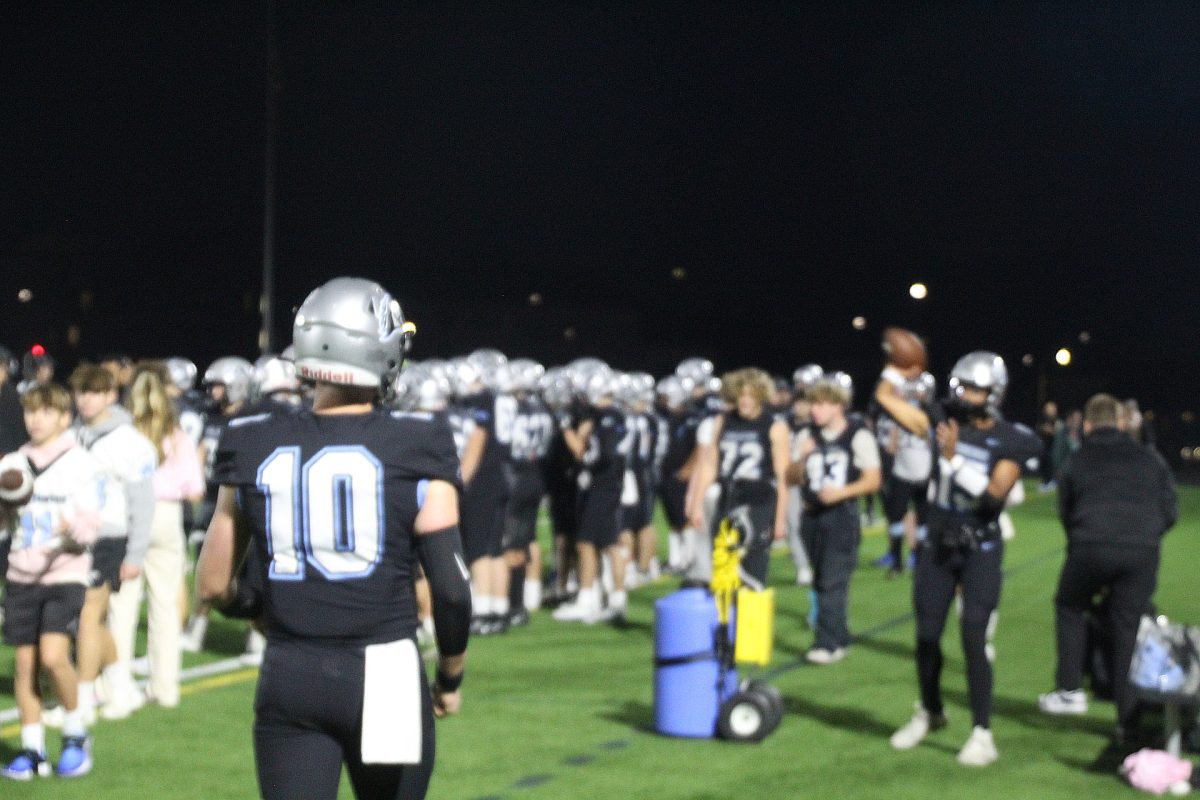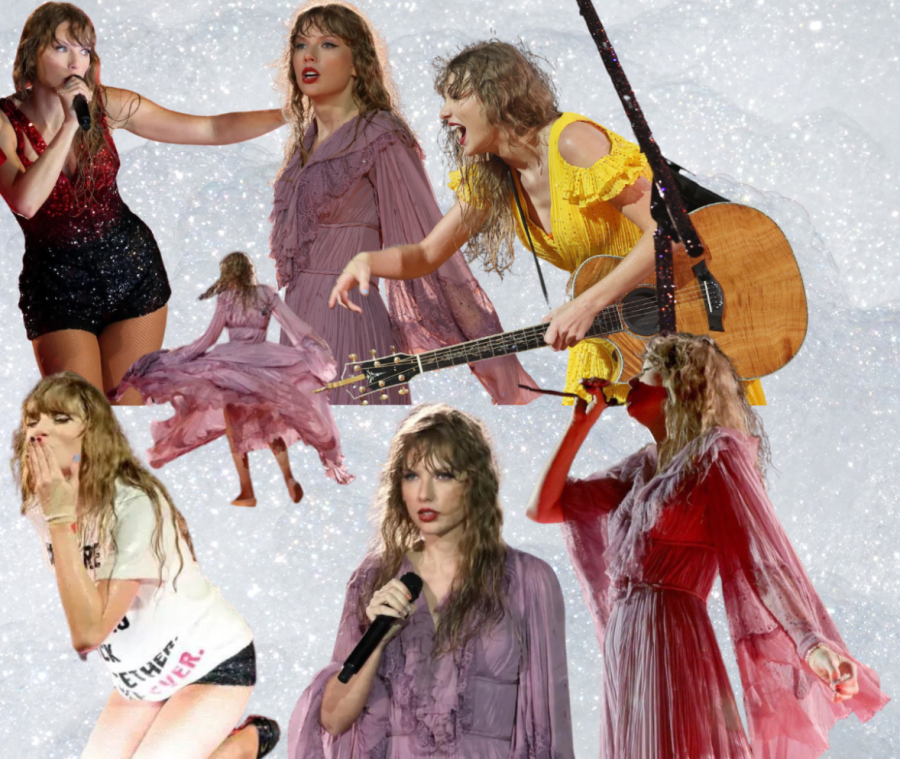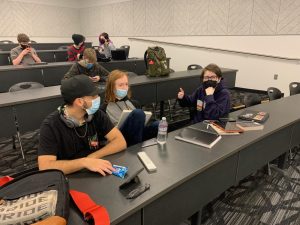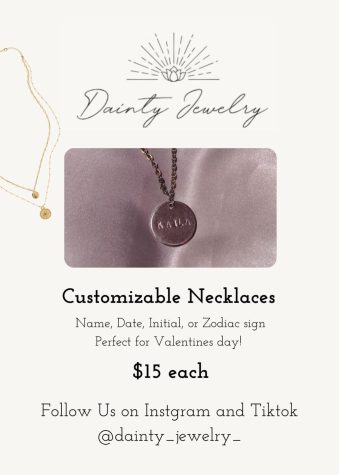Restaurants and the Pandemic: Are Food Delivery Apps a Blessing or a Burden?
February 10, 2021
Apps like GrubHub, Postmates, UberEats, and DoorDash have been on the rise ever since their founding, but last year they produced record-breaking numbers due to the Coronavirus Pandemic. Doordash alone doubled in users from 10 to 20 million. With everyone at home, restaurants have relied on these delivery apps to stay in business. Although many people think these apps have helped the food scene survive during the pandemic, I wanted to talk with the workers and management of local Oregonian restaurants to get a complete picture on their overall impact amidst Covid-19.
Profit margins in the restaurant industry have always been notoriously low, but Covid-19 has caused percentages to lower. Grace Saxton, an MHS student who works at Baskin-Robbins, explained “The pandemic has doubtlessly caused a decrease in sales and the flow of customers is more of a trickle than a flow at all.” The shop has been wildly inconsistent. “There are many nights when only a few customers come in at all, and some [nights] when sales are as they were before the pandemic.” Due to the lack of predictability, sometimes things are harder to accomplish. Grace said that one upside to delivery apps is that they help encourage ease and efficiency. “The entire order is directly in front of me while I prepare it.” she said. Since the orders are handled externally, the payment system is also much faster. The only downside she mentioned was that some of the items listed online are not offered at her specific location. “It becomes difficult when items that are on the menu provided by the app aren’t carried in the restaurant.”
I interviewed more students to gauge their opinion on the effect of these delivery apps, leaving mixed responses. Jacey Wilson, a student at Westview who works at Chipotle, explained “I definitely think it brings in a lot of business for the restaurant. The drivers themselves are often extremely impatient, but some of them are regulars in a way. We see some of them so often that we have relationships with them.” Even with their help, however, the pandemic has made things more difficult to manage at her restaurant’s location. “Many more customers will choose to order online… we’ve had nights where there are 400 items due in a span of 45 minutes. That’s impossible to produce and most people get really angry. So even if we don’t have as many in-person customers, we are flooded with online orders…”
Another student, Liam Martin, who works at Joe’s Burgers, explained they had lost business. “It’s definitely slower because we removed all of our tables except the outside ones, and it’s freezing outside so no one really does that option anymore.” The inside practices haven’t changed as much as you might expect, according to Liam. Since restaurants normally take cleanliness very seriously, they’ve only added a few extra actions that haven’t been challenging to accomplish. “We just have to wash our hands more and separate clean pens from dirty pens. We clean them by spraying them with an alcohol-based cleanser.” Lastly, he told me that working with food delivery apps has made online orders much easier. “All we have to do is type in the order and give the food when they arrive”
The running theme from the students that I interviewed was that food delivery apps have done a lot to be extremely helpful, with some downsides involving management and communication. Another student at Mountainside who wished to remain anonymous repeated almost verbatim what Grace told me. They said that food delivery apps have luckily pushed a lot of business their way, and that partnering with the food delivery apps has helped with efficiency. The downside, they explained, was that oftentimes the drivers show up too early or too late, causing confusion. It seems that these highs and lows are a universal experience coming from teenage employees.
Along with the students I interviewed, I was also able to speak with a manager from Little Big Burger, a popular restaurant chain in Oregon. He told me of the highs and lows while working during the pandemic. “For one, it gets me out of bed in the morning, and I’m thankful to still have a job.” Since Covid-19 hit the U.S., many people have been without jobs, unable to provide for themselves or their families. His feelings echoed that of many Americans. “The main downside is that I risk my life just by coming into work.” This has also been felt by many other essential workers who have not closed their doors because of Covid. In terms of added precautions, he explained “We’ve added plexiglass and there is no indoor seating. We also sanitize even more than we did before. Besides that, everything has stayed the same.”
I also asked him about food delivery apps and how they have played a role in helping and harming the restaurant industry. While he said that they help with bringing in service, as well as taking the load off of them, there are still downsides. “Oftentimes the delivery drivers come way too early, which causes stress on our part. They also sometimes attempt to pick up multiple deliveries all at once, even if they have different delivery times. Some of the food gets cold, and then it’s pinned on us.” The restaurants usually lose business due to the delivery’s inconsistencies, since they are the ones given the ultimate responsibility. With food delivery applications only growing larger, many suspect that smaller restaurants might actually lose business due to the inconsistencies from delivery drivers.
Alex Kircher is a manager at Golden Valley Brewery and Restaurant. He was able to give me some vital information in regards to the restaurant’s recent business operations during the pandemic. Kircher informed me that his restaurant works with GrubHub, one of the most popular food delivery applications. “Grubhub is currently charging us 15% of the sale… Prior to the recent state mandate, they were charging 30%!” Kircher told me. The mandate that is being referred to was signed off by Gov. Kate Brown, requiring that 3rd party delivery apps like GrubHub only charge up to 15% in fees. “That mandate is slated to remain in effect 60 days after the state of emergency is lifted, which is supposed to happen in March.”
Although Golden Valley has suffered from the large delivery fees, Kircher told me that the applications have brought in a lot of business. “I like to treat the delivery costs as a marketing cost because it is helping to get our name out there and hopefully create some regular guests that will come dine in with us someday. Prior to the pandemic, we only did about 2 or 3 orders a week and now we are doing about 150-200…” Due to a lack of indoor eating, delivery apps have had more business than ever before. Although that has meant upticks in delivery fees, eaters everywhere have been introduced to new restaurants, which has ultimately helped places like Golden Valley to benefit despite the setbacks.
Not everything is perfect, though. The restaurant industry has lost money almost everywhere in the United States, and Oregon has been no different. Kircher explained “Restaurants operate on incredibly thin margins, about 3%, and we rely on volume to survive. With the current restrictions, we are unable to do the volume necessary to be profitable and are in fact losing a lot of money every week! The CARES Act and PPP loan programs are the only reason that we have been able to stay in business…”
Alike with many other Oregon businesses struggling during these times, Golden Valley received aid through the stimulus bill and business loan. Both of these programs were designed to help lessen the economic fallout from the pandemic, as well as to provide necessary relief. The reality facing Alex Kircher and the rest of the staff at Golden Valley is the same for many Oregonian restaurants. The hope of those within the restaurant industry is that once the pandemic subsides, businesses will go back to normal, possibly having new customers due to marketing through delivery apps.
To conclude, it appears that the struggles of those working at local restaurants are universal. Although delivery apps have benefited restaurants from a marketing standpoint, they have also caused anxiety through mismanagement and large delivery fees. Even though it’s important to not downplay these struggles, one of the easiest ways to help lessen them is by ordering safely online from these restaurants. It’s clear that those in Oregon are in need of support, so anyone with the ability to should help them as best they can. Things may look different for the time being, but if everyone comes together to support these businesses whenever possible, hopefully restaurants will be able to return to a place of normalcy.
Support the restaurants mentioned:
- Chipotle
- Joe’s Burgers
- Little Big Burger
https://littlebigburger.com/order/
- Golden Valley Brewery and Restaurant
- Baskin Robbins
https://order.baskinrobbins.com/store-selection
Sources:
“Column: Our Restaurants Are Failing. Why Should Food Delivery Apps Thrive?” Los Angeles Times, Los Angeles Times, 16 May 2020, www.latimes.com/food/story/2020-05-16/food-delivery-app-commissions-ubereats-grubhub-doordash.
“DoorDash Revenue and Usage Statistics (2020).” Business of Apps, 30 Oct. 2020, www.businessofapps.com/data/doordash-statistics/.



